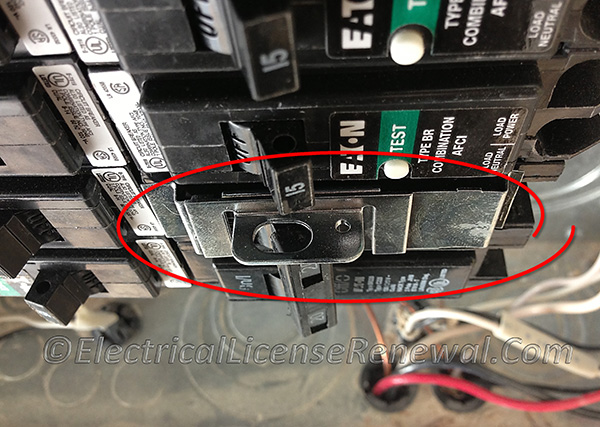110.25 Lockable Disconnecting Means.

Code Change Summary: New code section.
A new code section now places the requirements for a lockable disconnecting means in one location of the NEC®. Prior to this code change, the same familiar repetitive code language was found in many different locations of the code book.
Now, any time a disconnecting means is required by the NEC® to be lockable in the open position, the code section will simply refer the user to the new section 110.25 which gives the rules on how it must be done. A simple change like this can help to reduce many pages from the NEC® where the same code language is repeated.
EXAMPLE:
422.31(B) Appliances Rated over 300 Volt-Amperes. For permanently connected appliances rated over 300 volt-amperes, the branch-circuit switch or circuit breaker shall be permitted to serve as the disconnecting means where the switch or circuit breaker is within sight from the appliance or is lockable in accordance with 110.25. capable of being locked in the open position. The provision for locking or adding a lock to the disconnecting means shall be installed on or at the switch or circuit breaker used as the disconnecting means and shall remain in place with or without the lock installed.
Below is a preview of the NEC®. See the actual NEC® text at NFPA.ORG for the complete code section. Once there, click on the “free access” tab and select the applicable year of NFPA 70 (National Electrical code).
2014 Code Language:
110.25 Lockable Disconnecting Means. Where a disconnecting means is required to be lockable open elsewhere in this Code, it shall be capable of being locked in the open position. The provisions for locking shall remain in place with or without the lock installed.
Exception: Cord-and-plug connection locking provisions shall not be required to remain in place without the lock installed.